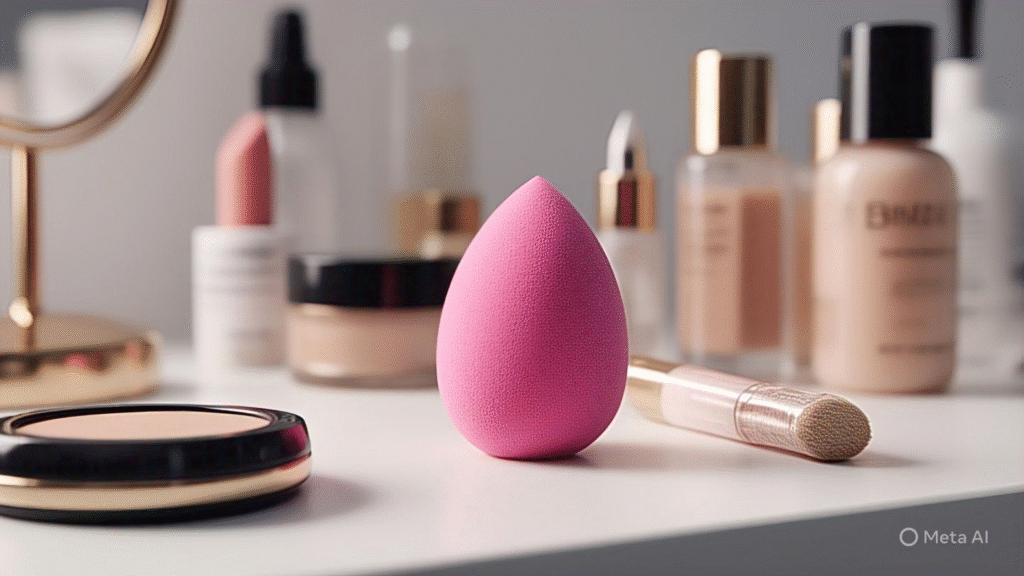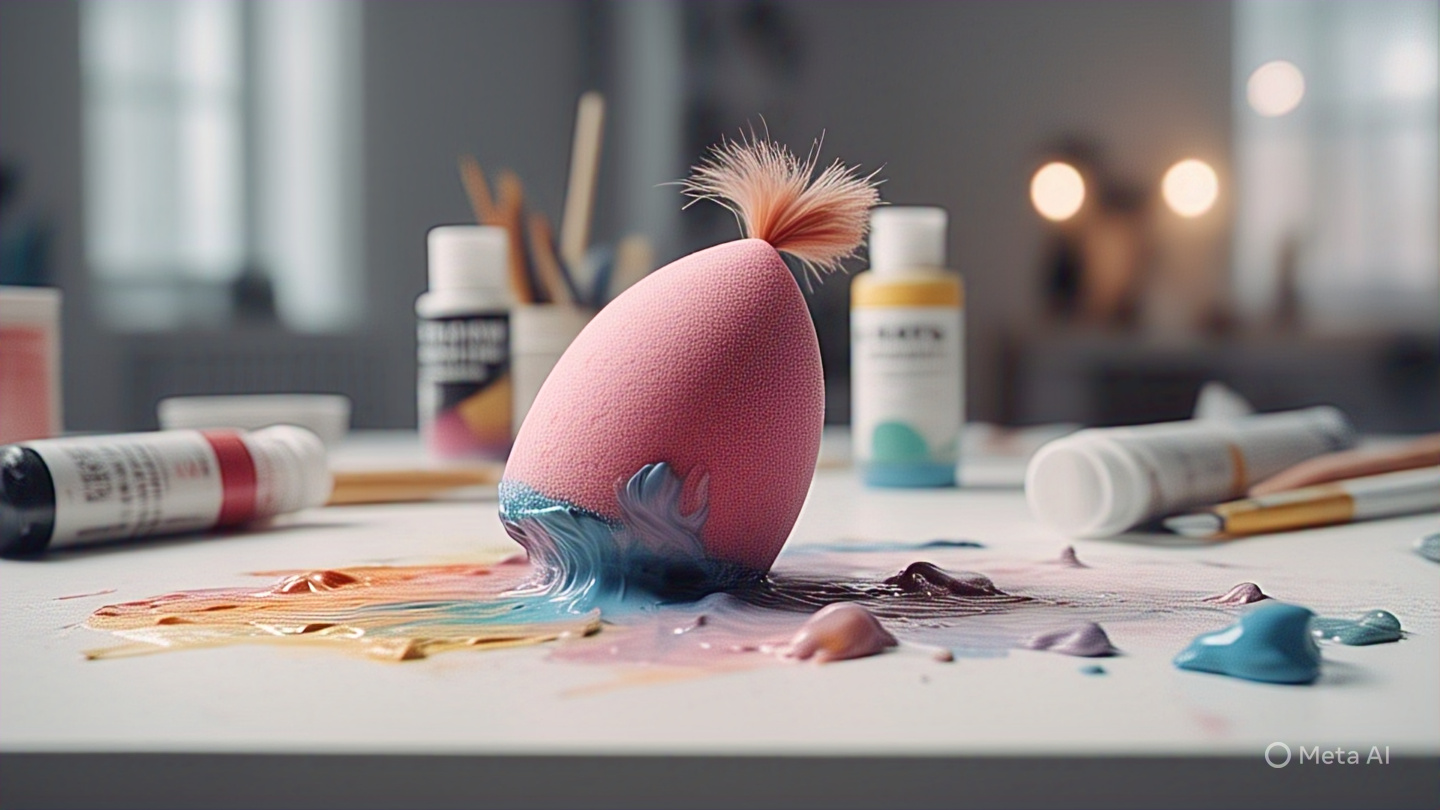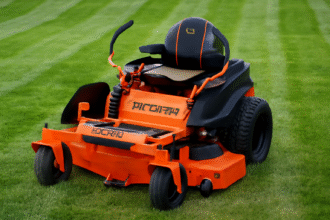introduction to blending sponge
Okay, let me set the scene. It’s a lazy Thursday afternoon. I’ve got a half-finished coffee next to my keyboard, a to-do list I’m actively ignoring, and an inexplicable urge to blend something. Enter Blending Sponge—a browser game that sounds like it belongs in a makeup tutorial but instead sucked me into an oddly satisfying whirlpool of casual chaos.
Don’t be fooled by the name. Blending Sponge isn’t about dabbing concealer on virtual faces (though that might be fun too, now that I think of it). No, this game is a wild mix of physics, timing, and straight-up spongy chaos. If you enjoy quirky, bite-sized browser games with that “just one more round” energy, keep reading. I’ve got stories, tips, and probably a few regrets to share.
What Even Is Blending Sponge?

At its core, Blending Sponge is a casual browser game where you control a squishy, highly reactive sponge with a goal: blend colors, absorb blobs, dodge obstacles, and do it all with style. Sounds simple, right? WRONG.
You start off with a single sponge. You drag it across a canvas filled with different colored goops. Your mission? Blend them into target shades shown on the side of the screen before the timer runs out. But here’s the kicker: the sponge doesn’t move like a normal game object. It bounces, it stretches, it flops—sometimes in directions that make absolutely no sense (or maybe I just suck at sponge physics).
The game’s visuals are delightfully weird. The blobs are gooey and oddly satisfying. There’s a gentle “squish” sound every time your sponge hits a blob, and it’s so addictive you’ll find yourself chasing squish sounds instead of objectives.
First Impressions: “Wait, Why Am I So Bad at This?”
So I launch Blending Sponge, expecting to kill 5 minutes. Forty-five minutes later, I’m still dragging this squishy creature across my screen, screaming, “BLEND, YOU FOOL!” at a pixelated sponge. blending sponge
It has that infuriating charm found in the best casual games—easy to play, hard to master. You can figure out the basics in 30 seconds. You’ll feel like you’ve got it under control. And then, boom. The game throws a time limit, blending combo goals, and twitchy sponge reactions at you like it’s Spongepocalypse. blending sponge
What I didn’t expect was how strategic the game becomes after a while. You start thinking about blob order. Which colors will mix into others faster? How much time do you really have before that red blob turns brown? It’s like playing a jello version of Overcooked, but solo and with fewer kitchen fires (only emotional ones). blending sponge
Sponge Physics: Love It or Rage at It
Let’s talk about the sponge physics. This is probably where most players either fall in love with Blending Sponge or rage quit.
The sponge has its own little quirks. It’s squishy, sure, but not always cooperative. It stretches when you drag it too far, and when you release it, it catapults in random directions like a caffeinated rubber band. The first few rounds, I was flinging it around the canvas like a madman, just hoping for some accidental color blending. blending sponge
Eventually, I learned to feel the sponge. You stop fighting it and start flowing with it. You learn the timing. You anticipate the bounce. It’s like becoming one with the sponge. (Yes, I just typed that unironically.)
The Levels: From Chill to “Oh No, What Have I Done?”
The game doesn’t waste time holding your hand. The first few levels are chill. You get big blobs of primary colors and plenty of time to figure out the mechanics. The sponge moves slowly, and mistakes aren’t punished too harshly.
Then you hit level 5, and it’s like the game whispers, “You’ve had your fun. Now suffer.” blending sponge
Time limits get tighter. Blobs start sliding around. Bonus objectives appear like “blend in under 10 seconds” or “don’t touch the forbidden purple.” There are hazards too—bubbles that explode on contact, slime that reverses your controls (what kind of demon coded that?!), and even sponge rivals that try to steal your blobs.
Every level after that feels like a test of your coordination and patience. It’s challenging, sure, but weirdly rewarding. That feeling of finally blending the perfect turquoise with 2 seconds left on the clock? Pure, endorphin-filled bliss. blending sponge
Blending Sponge Tips (From Someone Who’s Failed A Lot)
Alright, I’ve died for your sins. Let me save you some pain and share what I’ve learned:
Master the Stretch & Snap
Don’t just drag your sponge directly—stretch it and release like a slingshot. It helps you cross large distances fast and gives more precision (after you get used to it).
Learn Your Color Combos
Red + Yellow = Orange. Blue + Yellow = Green. You’d be surprised how easy it is to forget kindergarten color theory when a timer is ticking. Burn the basic combos into your brain. blending sponge
Absorb One Color at a Time
Multitasking in this game = disaster. Absorbing red and blue at the same time often results in a nasty brown mess. Stick to one hue, blend, then grab the next. blending sponge
Avoid the Jumpy Edge Blobs
Blobs that spawn near the canvas edge are a trap. They’ll bounce you off-course, or worse—off-screen. Go for the middle ones unless you’re desperate. blending sponge
Don’t Chase Bonus Stars Unless You’re Good
You’ll see these glowing stars on some levels. They look shiny. They’re bait. Only go for them if you’re confident you won’t mess up your blend. Otherwise, they’ll cost you the round.
My Favorite Moment (Or How I Learned to Trust the Sponge)
Let me share one ridiculous gameplay moment. I was stuck on level 14 for what felt like forever. The goal was to blend four exact shades of green under 30 seconds while avoiding “poison blobs” (don’t ask).
After 20+ fails, I tried something new: I let go of control. I just flung the sponge and followed its bouncy logic instead of micro-managing it. It zigzagged across the screen, landed in a perfect blob combo, and then somehow—miraculously—bounced right into the target zone.
Did I plan it? Nope. Was it the most satisfying win of my casual gaming life? Absolutely.
Sometimes, you just gotta trust the sponge.
Why It Works (and Why It’s a Sleeper Hit)
Let’s be real: Blending Sponge probably won’t win any design awards. But it works. Here’s why: blending sponge
- It’s snackable. You can play a round in 2-3 minutes.
- It’s weirdly zen. The squish sounds and color blending are oddly therapeutic.
- It gets hard. Like, rage-at-your-keyboard hard. But in a good way.
- It doesn’t overstay its welcome. It’s fun in bursts, and you’ll come back to beat your high score or finally pass that one level you dreamt about (true story).
Also, there’s a leaderboard system. And yes, there are already players who somehow get perfect blends in 8 seconds. Are they bots? Wizards? Actual sponges? We may never know.
Blending Sponge and the Casual Game Renaissance
Let’s zoom out for a second. Games like Blending Sponge are part of what I’d call the “casual browser game renaissance.” With big, complex games getting more bloated (and more expensive), there’s something magical about booting up a silly, free game in your browser and having fun without a steep learning curve or a 40GB download.
Blending Sponge doesn’t ask for commitment. It doesn’t require a beefy GPU or perfect reflexes. It’s just… fun. It’s that quick lunch break vibe, the perfect palate cleanser between tasks. And in a world of always-online, micro-transaction-infested games, that’s refreshing.
Final Verdict: Should You Try Blending Sponge?
If you like quirky games that don’t take themselves too seriously…
If you enjoy physics-based chaos with just enough strategy to keep you hooked… blending sponge
If you’re okay with yelling “WHY WON’T YOU BLEND?!” at your screen… blending sponge
Then yes—Blending Sponge is absolutely worth your time.
It won’t change your life. But it will make your next coffee break way more interesting. blending sponge




